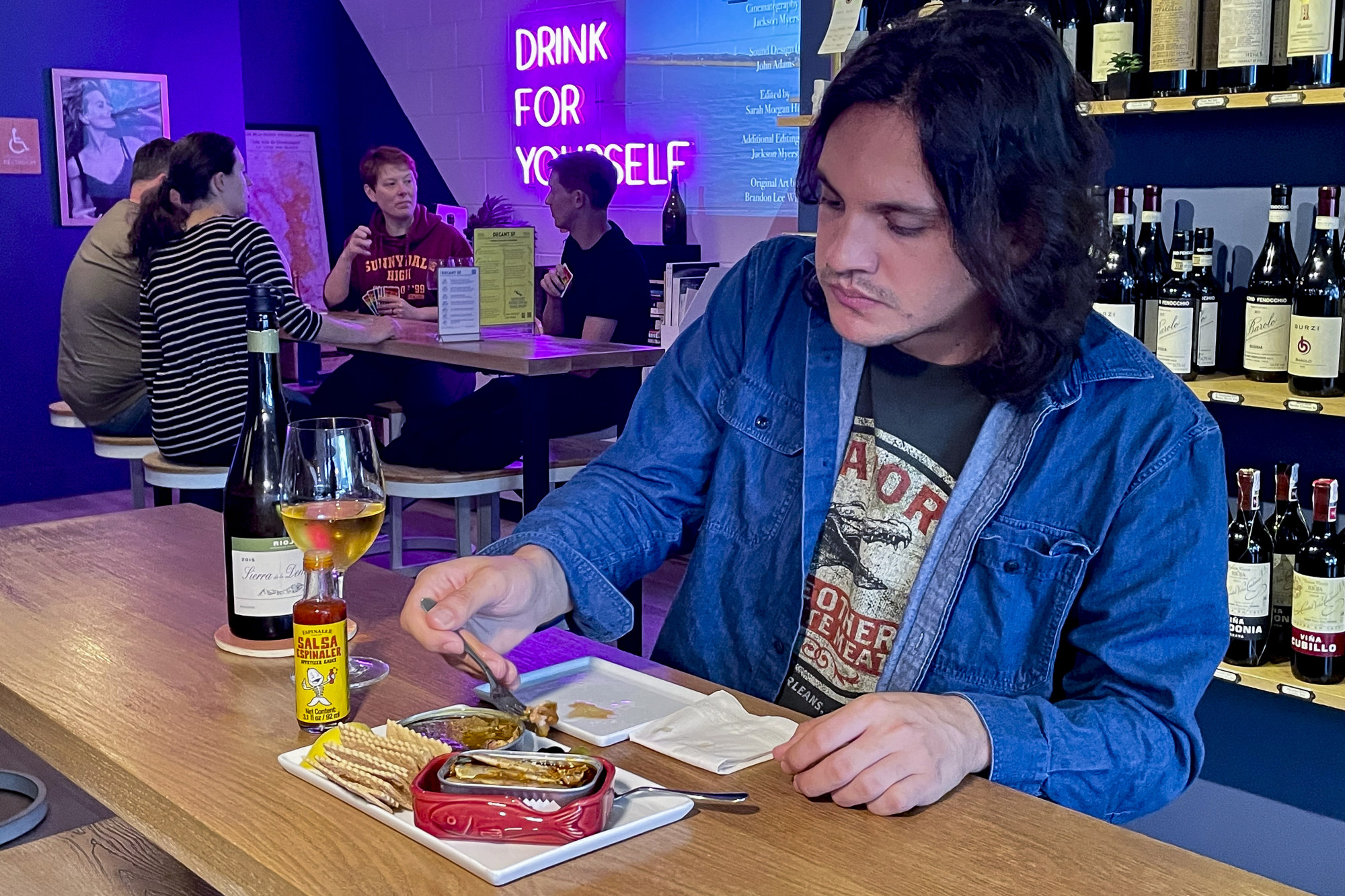Canned fish is now a regular offering on menus at wine bars from San Francisco to Houston to New York, where patrons scoop the contents straight out of the can. There are even tinned fish clubs that mimic wine clubs by sending members monthly shipments of various seafood packed in various combinations of spices, oils and sauces.
Videos on tinned fish, from tastings to how-to tips on cleaning the fishy smell from cans, have generated more than 30 million views on TikTok.
US sales of the canned seafood industry have grown from US$2.3 billion in 2018 to more than US$2.7 billion so far this year, according to market research firm Circana.
Five obsolete essentials that millennials have never heard of
Five obsolete essentials that millennials have never heard of
“When we were all quarantining at home, preparing 100 per cent of our meals day in and day out, it was very time-consuming to create satiating meals,” she said. “I just found myself eating so much canned fish, and at the same time, the options that I found when strolling up and down the aisles of my local grocery store just were not great.”
Millstein lived in Spain during university and spent time in Portugal, both countries where tinned fish has long been a part of people’s diets, so she knew there were better options to be had.

“I was eating the same canned fish that my great-grandmother Rose in Brooklyn was eating in the 1930s,” she said. “I thought that was just insane.”
Her company, Fishwife Tinned Seafood Co, set out to offer high-quality, sustainably sourced seafood.
Millstein said she sought out canneries in Spain and Portugal and contacted fishers along the US west coast who connected her to canneries in the states of Oregon and Washington.
“Our mission is really to just galvanise the canned fish industry and transform and make it what we think it can be,” Millstein said, adding that means offering much more “than tuna fish sandwiches”.

Its anchovies from the Cantabrian Sea are packed with premium Spanish extra virgin olive oil, sourced directly from farmers in northern Spain.
People make a lot of assumptions about, you know, tinned fish being a cheap product
The company’s smoked albacore tuna is caught in the Pacific northwest, with one fishing pole at a time to minimise harm to marine species such as sea turtles, sharks, rays, dolphins and seabirds that can be caught unintentionally during commercial fishing operations.
“These are products that you would want to serve to people who are coming over for dinner,” Millstein said. “They’re not just something that you would want to maybe like mash up really quickly and feed yourself for a quick, cheap protein fix.”
Simi Grewal, a co-founder of the San Francisco wine shop and bar Decantsf, said her business turned to tinned fish to feed customers partly because it does not have a kitchen suitable for cooking.
“It’s super versatile, especially when we’re talking about pairing with wine,” she said.

Tinned fish at the shop runs anywhere from US$8 for Ati Manel garfish, a needlelike fish offered in olive oil from Portugal, to US$36 for Conservas de Cambados “Sea Urchin Caviar” from Spain’s Galician estuaries.
“People make a lot of assumptions about, you know, tinned fish being a cheap product. And you know, when you come here, this is a very highly curated programme,” she said. “I spend hours and hours a month researching these folks and trying to find what are the newest items that they have out.”

She takes the mussels from Patagonia Provisions on her annual mushroom hunts for a quick lunch, and keeps packed cans of Wild Planet sardines in her bag in case wildfire threatens her home.
“I figure if anything can keep you alive for a long time, it’s going to be a tin of sardines packed in olive oil,” she joked.
Canned fish found with contaminants, consumers warned of overconsumption
Canned fish found with contaminants, consumers warned of overconsumption
The way humans produce and consume food contributes nearly 30 per cent to greenhouse gas emissions, according to scientists.
But tinned fish is not without its drawbacks.

But many tins contain smaller fish like sardines and anchovies that have the added benefit of being low in mercury. The canned products, however, tend to have a higher salt content than fresh seafood, health officials say.
Longlining is one of the most commonly used methods for fishing tuna, which can snare other species like turtles or dolphins, according to the environmental group.

California was once home to thriving sardine canning factories in the coastal town of Monterey, which inspired John Steinbeck’s novel Cannery Row. The industry disappeared decades ago as the fish population plummeted. The canneries have long been replaced with hotels, restaurants and souvenir shops.
John Field, a research fishery biologist with the US National Marine Fisheries Service, does not see large factories ever coming back, but he said the trend could help small local canneries and sustainable fishing.
He admits, though, that he is not so sure about ordering a tin off a menu.
“Personally, when I go out to an expensive dinner, I probably would prefer to have fresh fish than from a can,” he said.







